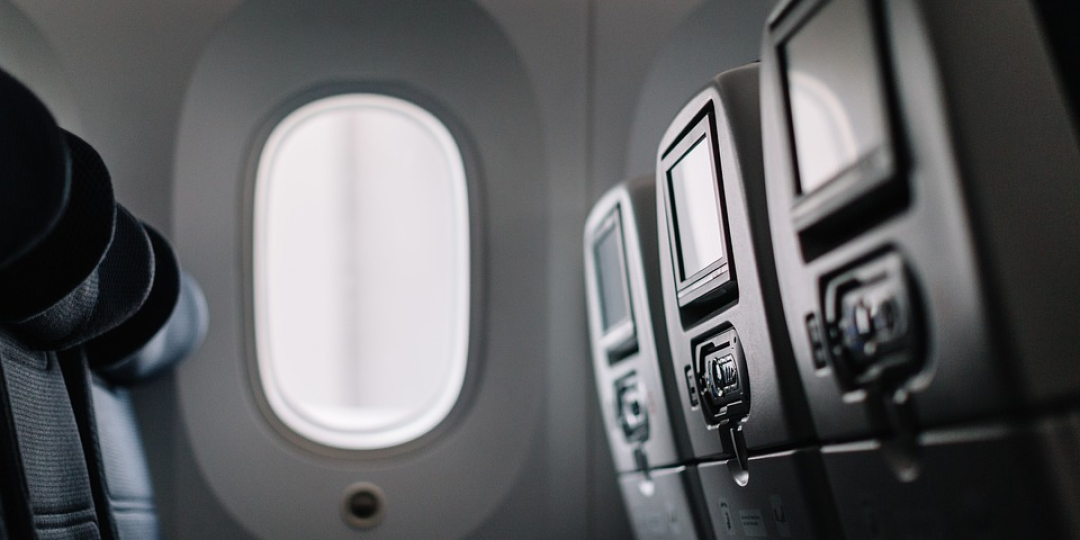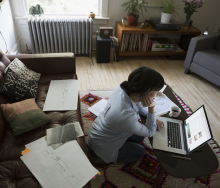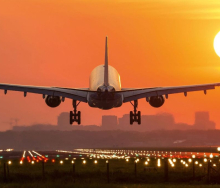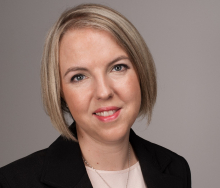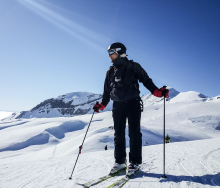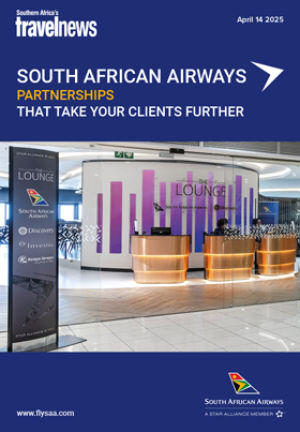The Dinosaur is Richard Beadle.
Beadle writes a fortnightly column about a different time in the industry. The Dinosaur’s themes and observations will be familiar to some, but difficult to imagine for others. Read on…
Most people never get the chance to fly first class.
I must have been in my early 20s when I first experienced first-class air travel, on a Swissair educational trip to Ceylon. The airline no longer exists and the country has changed its name to Sri Lanka in the meantime, so yes, it was that long ago!
I was not part of the agency’s management team but even as an intermediate consultant I could be choosy when it came to accepting such an invitation. In those days educational tours gave travel agents a taste of the good life! Virtually all expenses were paid for by the airlines and five-star accommodation and dining in the best restaurants were par for the course.
There were of course only two classes of travel – first class (no lie-flat beds in those days) and economy. Economy was generally booked in Y class and today’s innumerable ‘booking classes’ such as M, Q etc did not exist.
These days we have state-of-the-art entertainment systems to keep us occupied but in the 1960s, passengers had hours of boredom to look forward to. The male passengers could simply spend the time eying the glamorous stewardesses who in those days were often chosen for their looks rather than their ability to tend to the passengers’ comfort and safety. Alternatively, they could read a book or newspaper or smoke another cigarette if they were seated in the smoking section. Passengers were given the choice of smoking or non-smoking seats in those days. It was in 1988 that Japan Airlines became the first airline to ban smoking on board.
For private trips, AD75 discounts were available and agents paid 25% of the airfare. Airport taxes and the other carrier-imposed surcharges which we now take for granted were unheard of. A departure tax of US$3 (R59) needed to be included when air tickets were issued involving international travel from the US but that was the exception. Compare this to the myriad of extra charges we now see on airfare calculations.
When I checked in for my connecting flight from London to Zurich for that first-class trip to Colombo, I needed to be at Heathrow half an hour beforehand which was the recommended check-in time for inner European travel as there were no security checks at UK airports in the 1960s.
Incidents related to terrorism activity were starting to become problematic however, highlighted when an El Al flight was seized by a Palestinian militant organisation in 1968 in an incident which lasted 40 days. It was in December 1972 that the FAA first issued emergency rules requiring all passengers and their carry-on baggage to be screened, prompting airports to implement hand searches and introduce the use of metal detectors and X-ray machines to detect the carrying of weapons and explosive devices on board.
It was unusual to be asked to produce a passport or ID at check-in, which had its advantages. Many parents thought it worthwhile to sit with a weighty three-year-old on their lap if they were only paying 10% of the fare for their ‘infant’. Nowadays, passengers leaving for an international destination are advised to check in at least three hours prior to departure at most airports, including Jo’burg and Cape Town!

